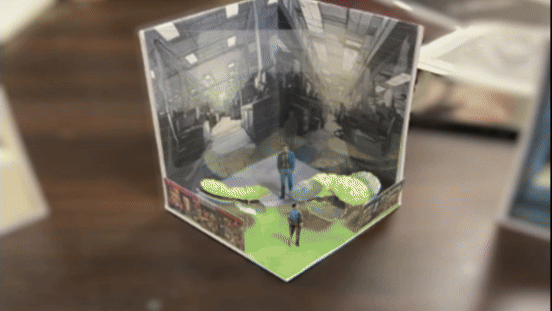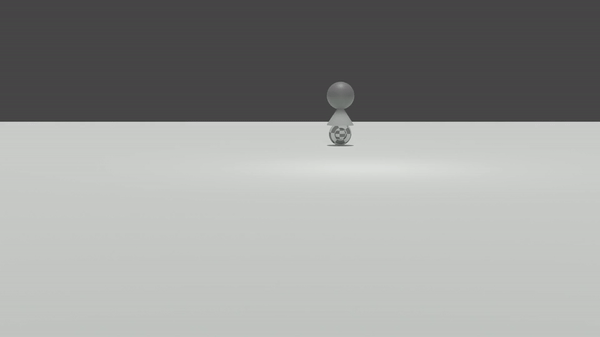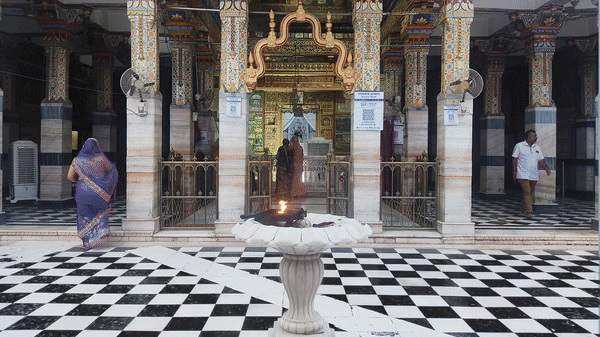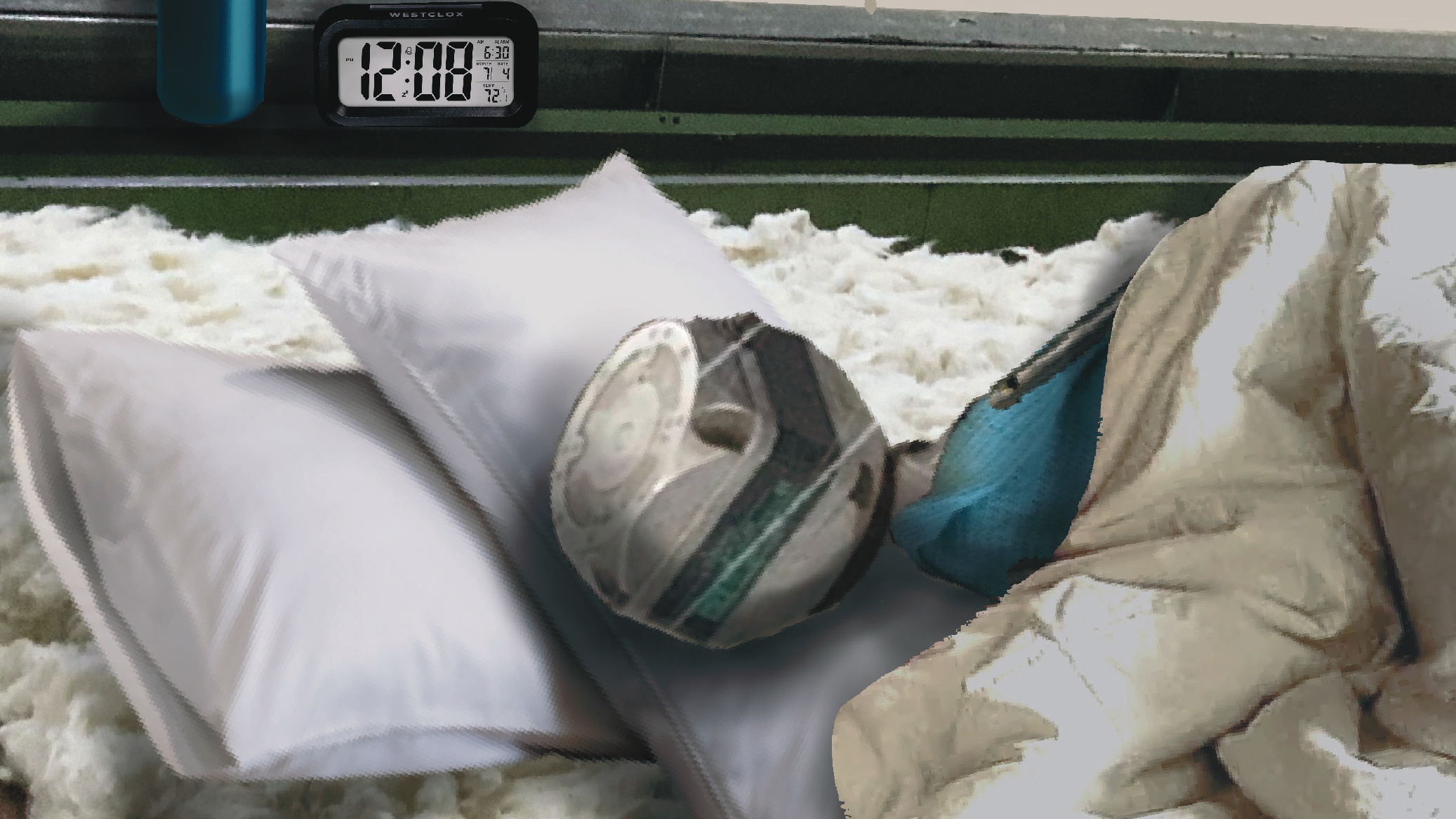VR Heartbeat Simulation
This VR experience uses a fun and interactive approach to teach users about the connection between physical activity and heart rate.
Environment:
Users begin in a calming virtual space with a heart monitor interface displaying a simulated heart rate.
Activities:
Resting: Establish a baseline heart rate.
Light Activity: Slow walking, arm raises (show slight heart rate increase).
Moderate Activity: Jogging, jumping jacks (significant heart rate rise).
Calming Activity: Deep breathing exercises (demonstrate heart rate slowing down).
Users begin in a calming virtual space with a heart monitor interface displaying a simulated heart rate.
Activities:
Resting: Establish a baseline heart rate.
Light Activity: Slow walking, arm raises (show slight heart rate increase).
Moderate Activity: Jogging, jumping jacks (significant heart rate rise).
Calming Activity: Deep breathing exercises (demonstrate heart rate slowing down).
Heartbeat Feedback:
A heart graphic pulses in sync with a simulated heartbeat sound. Faster activity increases the pulse rate and sound speed.
The heart monitor interface visually displays the simulated heart rate.
Additional Features:
Color-coded environment based on heart rate (calm = green, high activity = red).
Gentle vibrations in VR controllers for a more immersive heartbeat experience.
A heart graphic pulses in sync with a simulated heartbeat sound. Faster activity increases the pulse rate and sound speed.
The heart monitor interface visually displays the simulated heart rate.
Additional Features:
Color-coded environment based on heart rate (calm = green, high activity = red).
Gentle vibrations in VR controllers for a more immersive heartbeat experience.
Another ongoing project I worked on involves a user in a microscopic submarine navigating through the heart, experiencing the entire heart cycle to understand circulation.






